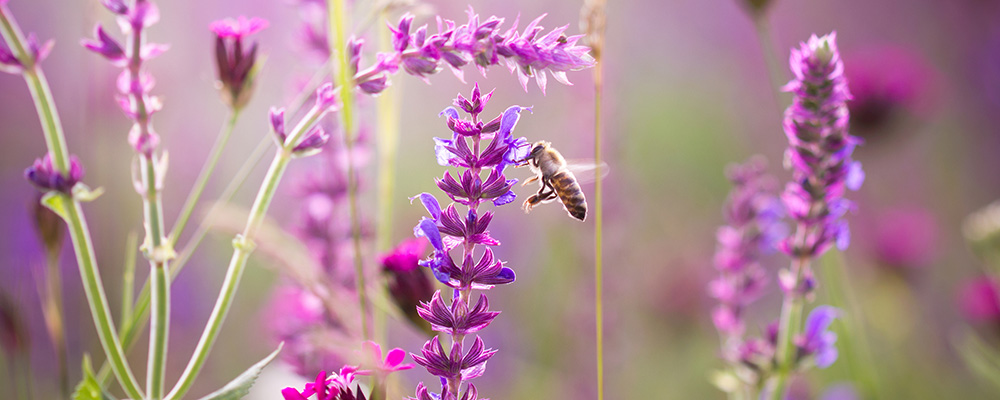Saving the Bees – What’s the Buzz?
Honey bees are an amazing participant in the lifecycle of the world we live in! Bees are responsible for pollinating more than 100 types of flowering crops in the US. To put that into perspective, a third of everything we eat is directly or indirectly made possible through the pollination activities of honey bees and other pollinators.
Within the past decade, honeybees have been dying off at an alarming rate. What was once a 3-5 percent annual hive loss has ballooned to 30-40 percent. This doesn’t account for the mortality of “wild” bees.
The term coined for this plight is Colony Collapse Disorder (CCD). While the apparent causes of this severe rise of honey bee mortality can be attributed in part to parasites and loss of natural, flowering habitat due to corn and soybean farming, and urban lawns, a big factor appears to be pesticides.
In particular, the emergence of neonicotinoids – a specific class of insecticides – coincided with increased mortality. Neonicotinoid pesticides can contaminate nectar and pollen sought by bees. Neonicotinoids have been tied to a number of effects on honey bees including disorientation and inability to find their way back to the hive.
In recent years, beekeepers, consumers and environmental groups in the U.S. and around the world have gathered to raise awareness of these growing problems and their potentially disastrous consequences if left unchecked. Recently, the use of several neonicotinoids has been banned on crops attractive to pollinators in Europe pending further study.
But what is being done to save the bees back home in the United States?
With greater awareness comes greater action. There are many ways that we all can make a difference in the bee population. You can bee a part of the solution.
One of the best things a consumer can do to help the honey bee is look for the TruEarth symbol on fruits and vegetables. It’s proof that the produce came from a TruEarth certified grower who adheres to strict standards and growing protocols that together help protect the environment by eliminating toxic pesticides and safeguarding natural habitats. Learn what else you can do to save the bees.
Growers can help the honey bee perhaps more than anyone by becoming a TruEarth grower and committing to protocols that limit the use of pesticides to manage pests and put in place protocols to protect the land and pollinator habitats. To become TruEarth certified begin the process with a self-assessment from the Institute of Pest Management.
Retailers have a critical role to play in protecting the honey bee. Help spread the word about the honey bee problem by seeking out and stocking TruEarth certified produce that guarantees land, bee and grower friendly protocols are firmly in place. Help educate consumers about the differences and benefits of sustainable, all natural and organic foods so they can begin making confident, consistent choices that help the humble honey bee.
